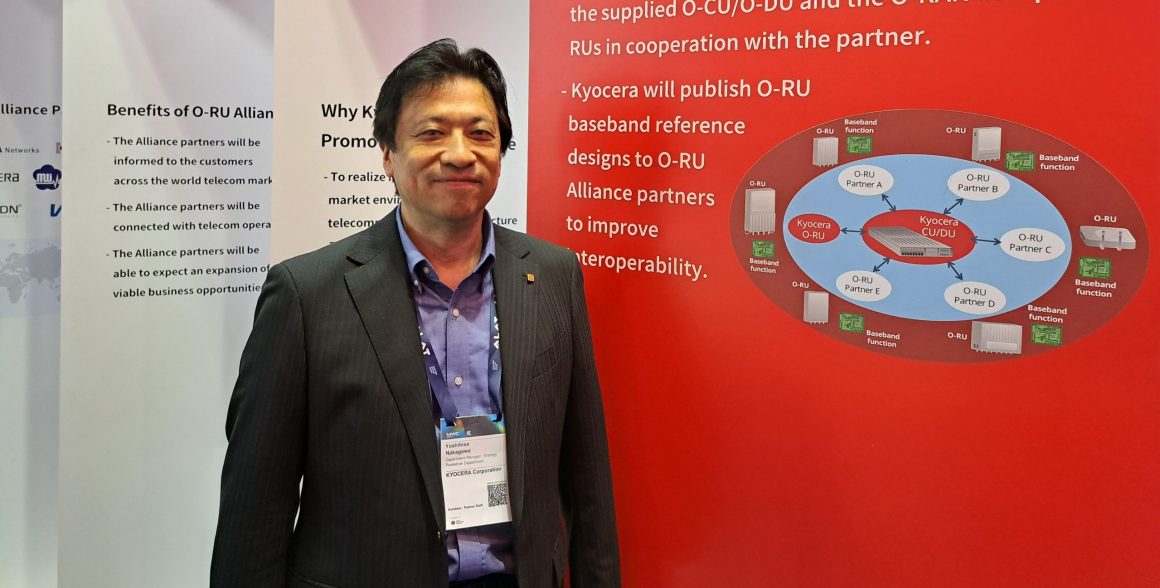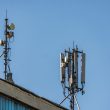The O-RAN Alliance was founded in 2018; TIP in 2016; and the Open Networking Foundation in 2011. Almost a decade and a half later, while there are technical specifications, the technology isn’t widely deployed; nor are the major network equipment vendors rushing to encourage it. That doesn’t sound entirely peachy.
TL:DR While there has been some talk earlier this year about the ‘death of Open RAN’, largely based on the slow uptake of services, this may be premature.
However, outside of the biggest players, there was a lot to see this year with different players in the market using Open RAN for all kinds of emerging applications; neutral-host small cells for network densification, as per Ontix; in-building and campus networks like Airspan; and so on.
While it may not be front and centre for major telcos who have to go through long cycles of equipment refreshment (and who, for reasons of cost, are looking at extending those cycles) Open RAN and open networking are very much alive, as exemplified in the foundation of the O-RU Alliance earlier this month.
“We received operator requests for radio units (RUs), but there were lots of different sizes and frequencies in the RFPs. It’s very difficult to cater to several hundred options,” explained Kyocera’s Nishikido Masamitsu at MWC.
“In our alliance, we guarantee that we are going to assure the interoperability between their equipment and ours.”
The sheer variety of different demands for radio units is perhaps unsurprising given the diversity of use cases where they are being employed. Kyocera has its own offering for Open RAN which covers the two other elements described in O-RAN Alliance, the CU and DU, as well as the RU. However, by combining forces with other specialists in RUs – at launch, VVDL, SOLiD, WNC, HFC, Alpha Networks and Microelectronics Technology – the alliance can deliver a combined offering that overcomes many of the difficulties with multi-vendor integration which would otherwise fall to the telco or a system integrator.
Kyocera might not seem like an obvious player in this market; most people know the company for its ceramics-related expertise in everything from chipset packaging to knives. However, they are taking an aggressive approach to building out a presence as an alternative player in Open RAN. That said, Masamitsu is realistic:
“The mainstream is still closed, not open. So Open RAN is about 10% of the market – less than that currently. But we’ve seen the potential. The possibility in European and Asian markets and other parts of the world. So yeah, we expect some growth in those markets.”
Delivery
Kyocera’s skill in electronics comes out in one of the key parts of the O-RU Alliance’s arrangements. Kyocera is providing a reference design for Alliance partners’ baseband units, specifically aimed at simplifying that interoperability; and it will also conduct interoperability tests. By reducing duplication of effort as much as possible it will help reduce the cost of delivering interoperability, but it also helps Kyocera take up an important role in the ecosystem. While Alliance partners might compete to sell RUs in a bigger market overall it gives Kyocera a unique role selling at the CU and DU.
“We’ll build CU/DU with conventional Intel and O-RAN processors. But we are going to use a GPU with less power consumption, and that could be attractive to the operators. So that’s what we are now developing, not only for FR1, but also for FR2, we are developing our own equipment so that we can offer a total 5G solution to our customers.”
Certifying interoperability for Open RAN and Open Networks has been one of the challenges delaying progress in deployments. It’s a useful step to help shortcut this for their customers, and there’s probably a good case for the Open Network ecosystem to coalesce around companies who can simplify the buying and integration process for their customers. The big risk then is that we end up with mini-ecosystems which are not mutually interoperable, and this is where certification from the O-RAN Alliance would help.
Stacking Up
As mentioned, Kyocera – and, in fairness, the other partners at the RU – are principally known for their hardware. However, none of this works without the firmware and software on top. So does this mean that the Alliance as a whole is going to work its way up the stack?
“We would like to offer extra value on top of the hardware,” they conceded, “But for now there’s not so much we can say. We have some solutions; one of them is an AI virtualized base station. But the focus is how much operators can save on the total cost of O-RAN capabilities. AI is just one of the options to help.”
One more thing… with partners from Korea, Taiwana and India the Alliance is conspicuously APAC-focussed. Is that coincidence, we wondered, or a question of geopolitics?
“If we can find a very strong, good technology from elsewhere, yes, we have to consider it. When it comes to Europe there are skills there like in green technology.”
Informally we’re given to understand that there has been interest in the last few weeks from additional partners who would like to join, including outside APAC.



